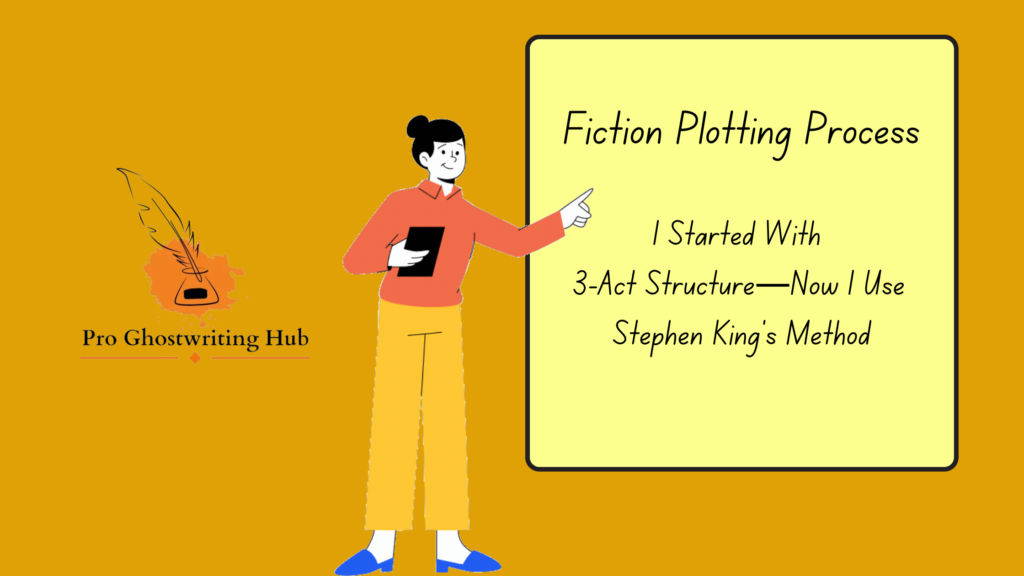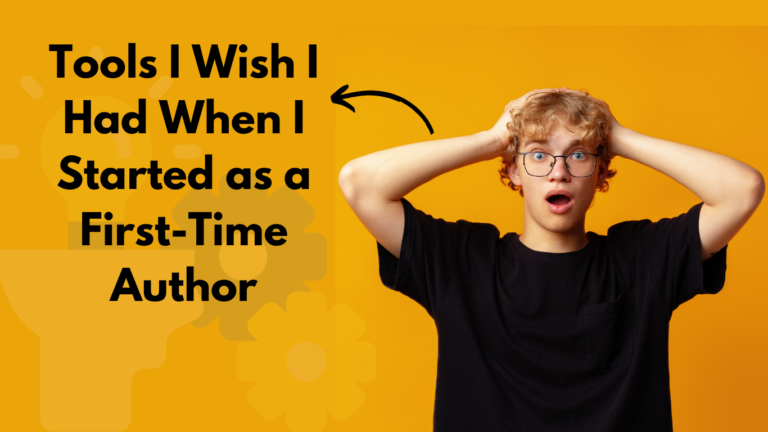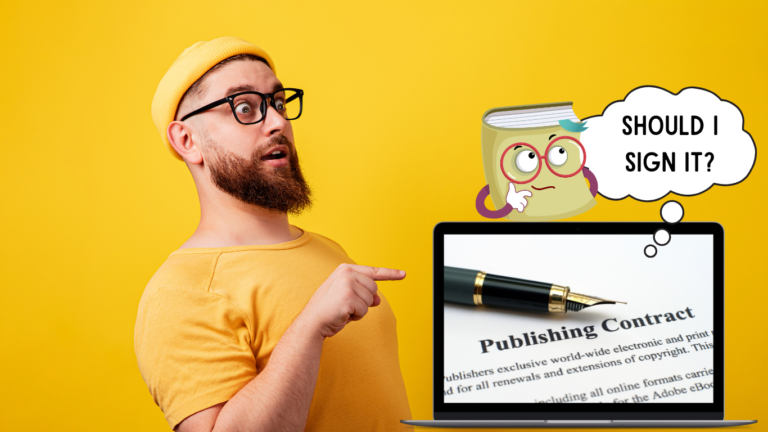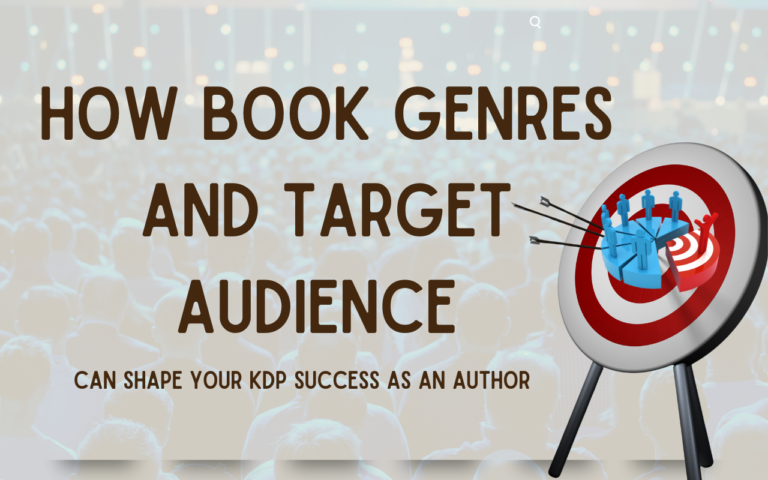Why Book Editing Is Essential Before Publishing | #1 Approach
“The story was perfect in my head. Every scene played out exactly as I imagined. But when I read my first draft? It was a mess.”
Every writer has been there—excited to finish a manuscript, eager to share it, only to realize it’s not quite ready. I remember thinking my first book was good enough the moment I typed ‘The End.’ But good enough isn’t the same as great.
Readers notice things we don’t.
Awkward sentences, plot holes, typos—little details that can pull them out of the story. “If a book has too many mistakes, I put it down,” a reader once told me. That stuck with me. Why spend months (or years) writing a book, only to lose a reader over something fixable?
Editing isn’t about changing your voice or losing what makes your story unique. It’s about refining. “Think of it like polishing a gemstone,”.
So before you hit publish, take a step back. Read it again. Fix what needs fixing. Because a well-edited book isn’t just easier to read—it’s one that readers will remember.
In this article, we go beyond just saying, “You should edit your book.” We break down why editing matters and what types of editing your book needs before publishing. Here’s what you’ll find:
- Types of Editing – Not all editing is the same. We’ll cover:
- Developmental Editing – Fixing big-picture issues like plot holes and pacing.
- Line Editing – Improving sentence structure and writing style.
- Copy Editing – Catching grammar, punctuation, and consistency errors.
- Proofreading – The final polish to eliminate typos and formatting mistakes.
- Why Editing is Essential – We’ll discuss how editing helps:
- Improve readability and clarity.
- Make your book look professional.
- Avoid negative reviews from frustrated readers.
- How to Get Your Book Edited – Whether you choose self-editing, beta readers, or professional editors, we’ll go over the best approach for your book.
By the end, you’ll have a clear roadmap for making your book the best it can be—before it lands in a reader’s hands.
Types of Book Editing
No matter if you are writing fiction or non-fiction, there are many different things to be reviewed and corrected, such as the plot/outline, pacing, character development, punctuation, writing style, and even typos. When I finished my first draft, I thought a quick spell check would be enough. I was wrong. Editing isn’t just about fixing typos—it’s about shaping your book into something readers will enjoy from start to finish. Here’s what each type of editing does and why it matters.
Developmental editing
“You have a great idea, but the execution needs work.” I’ve heard this before, and it stings—but it’s true.
Developmental editing is the first and most important stage in the Fiction novel genre. This type of editing focuses on big story elements, including the theme or topic of the manuscript, plot holes, structure, character development, and dialogue. It focuses on:
- Story structure – Does the plot make sense? Are there plot holes?
- Pacing – Does the story move too fast or drag in places?
- Character development – Do the characters feel real, or are they just names on a page?
- Consistency – Are there contradictions in the story?
This is big-picture editing. It’s about shaping the foundation of the book before worrying about grammar and punctuation.
This stage of book editing might seem unnecessary and difficult at first, but your readers are bound to pick up inconsistencies in the story if there are. People consume fiction with a more critical eye than we like to give them credit for. However, proper developmental editing might be the finishing touch you need to make your story that will never be forgotten.
Structural editing-Confused with Developmental editing.
Structural editing is the part of book editing that focuses on broad aspects of a manuscript, such as content, structure, pacing, and organization. It is often confused with developmental editing, as the two are usually done at the same time and are focused on broad aspects of a manuscript, but they are different. Developmental editing focuses on the development of ideas in a novel, while structural editing focuses on the structure and flow of the novel.
Structural editors typically add and delete parts of the manuscript with a focus on reorganizing it. This can often affect the flow and logic behind the story, but that is hardly the goal of a structural edit. The goal is to make the novel coherent, with one section leading into the next.
Line editing
This is where your writing style gets a professional touch. Line editing is a more specific form of book editing that focuses on the readability of your novel. During the process of line editing, the editor goes through the manuscript line by line with a critical eye. it focuses on:
- Sentence structure – Does every sentence flow smoothly?
- Word choice – Are there better ways to phrase things?
- Tone and clarity – Does your writing sound the way you intended?
The goal is to review sentence structures, writing voice, use of words, and how readable the manuscript is. Sometimes, there’s a focus on the key mechanics like spelling and punctuation, but it is usually done during the next editing process.
Copy editing
Copyediting is more familiar ground for new writers. It’s very specific, and the book editors also reviews the manuscript line by line with a very critical eye. However, the difference between a copy edit and a line edit is the focus on grammatical errors, spelling errors, punctuation, and the little things you missed while writing. Here, the book editors check:
- Adherence to style guides (if needed)
- Grammar, punctuation, and spelling
- Consistency in tense and point of view
It’s like a clean-up process for your novel that lets readers know on first glance that the author knows what they’re doing.
Proofreading
When the words are written and the manuscript is reviewed, this becomes the final piece of book editing needed to be done before your novel is ready to be published. Proofreading fixes:
- Missed punctuation errors
- Typos
- Formatting issues
Proofreading is the process of reviewing the final draft of a piece of writing to ensure consistency and accuracy in grammar, spelling, punctuation, and formatting. It is done after all edits are done and the manuscript is almost ready to be published. However, it’s a very important step of the publishing process because it is the last chance you have to comb the manuscript of every error that may have been skipped during the editing process.
Let’s get your book done with our expert services
Whether you need developmental editing, line editing, copy editing, or proofreading, our expert team ensures your book is polished, professional, and ready for readers.
✅ Top-Rated Plus Editors on Upwork
✅ Expertise in All Fiction & Nonfiction Genres
✅ Affordable & Customized Editing Services
Why should you edit before publishing?
Now that you know the various forms of book editing and their purpose, the importance of editing before publishing is almost as clear as day. However, we’re going to list out a few of the most important reasons why you should edit before actually publishing.
1. To improve the quality
Quality improvement is probably the single most important reason why you should edit before publishing. A general truth about writing is that first drafts are always not that good. If they are, then they have room to be so much better.
No matter how good your first draft is, you should always look to improve it as much as possible. The better your novel is, the higher the chances of it becoming a bestseller and a fan favourite. It’ll also stand a better chance of being published by traditional publishers if you decide to go that route in the future.
Every bestseller and fan favourite on the shelves out there probably has superb quality, and in most cases, that quality didn’t come from a single writing stretch. It came from hours and days of reviews and edits. If your novel is going to get there, it will be by carrying out proper editing before publishing.
2. Increase the chances of getting published
Agents are publishers who are more likely to get interested in your manuscript if it is properly edited. If you’re going to try the traditional publishing route, you’re very likely going to be provided with fantastic editors. But they’re very picky about the work they decide to take on. If the writing is clumsy and looks unprofessional, it simply tells them there’ll be too much work for them, as well as the author, to handle before they can publish. They would rather find someone else.
On the other hand, if you have something that’s clean and well-constructed, you’ll easily draw their attention, and they’d want to invest time and money in what you’ve done because it would seem worth the effort.
3. Increase the chances of making a sale
To be fair, books are judged by their covers. If a book looks good on the outside, someone is bound to take it off the shelves. However, if the content of the book isn’t top quality, you’ll only get bad reviews, and your novel won’t get more sales.
Proper book editing will help you improve quality, which will later transform into more sales. You’ll have an interesting and properly constructed story that will catch the attention of readers when you go through a good editing process. If you don’t have traditional publishers marketing for you, the quality of your novel will push readers to review and promote your work without you having to do as much marketing by yourself.
4. Improve plot progression
A first draft is usually meant to complete a story and nothing else. There’s hardly any focus on plot progression. That means that the plot could go here and there without you noticing. There could be characters that don’t do anything for the plot. There could be expositions, descriptions, events, or dialogues that do nothing for the plot. The story would do better without them. Your editing will help you pick these things out.
You could also find inconsistencies with your characters as well as plot holes when you edit before publishing. Picking these inconsistencies out and fixing them will improve the overall readability of your novel and make it more appealing to your readers. Plus, it will reduce the chances of having damaging reviews when you publish.
5. Avoid rookie mistakes
Writing 60 to 100 thousand words is a much bigger task than we think. Writing five thousand is a colossal project too, depending on what’s written. Times will come when you miss the most basic things, like spelling, punctuation, and even words, without realizing it. You could make mistakes a child wouldn’t make. This is not because you’re incompetent, but because of the sheer amount of words and characters you have to keep up with.
Publishing your novel while these errors exist will be nothing short of embarrassing, especially when you invested time and effort into the story.
So what better way to avoid them than by editing?
Writing a novel or story is a big project that takes a lot of time, effort, and support. For some, it is basically their life’s mission and dream. Too much goes into it to not make the best of it when it’s out there for the public to see. We’re very sure you want the world to see your writing for the masterpiece that it is. This is why you need book editing before you publish.
Remember, the best writers are the ones who keep writing.
How to get your book edited
“I knew my book needed editing, but I had no idea where to start.”
Many writers face this exact dilemma. You’ve finished your draft, and now you need to polish it—but should you edit it yourself, ask for help, or hire a professional?
The answer depends on your goals, budget, and timeline.
Some writers go through multiple rounds of self-editing before seeking outside help. Others bring in professional editors right away. No matter your approach, the key is to make sure your book is as polished as possible before it reaches readers.
Here’s how to get your book edited, step by step.
Step 1: Start with Self-Editing
Before anyone else reads your book, you should be the first book editor. Self-editing helps you refine the story, catch obvious mistakes, and make sure it’s as strong as possible before bringing in outside feedback.
Here’s how to tackle self-editing:
- Take a Break – Step away from your manuscript for at least a few days. A fresh mind catches more mistakes.
- Read It Aloud – If a sentence sounds awkward when spoken, it needs fixing.
- Watch for Repetitions – Overused words and phrases can weaken your writing.
- Check for Clarity – Does every sentence make sense? Could anything be worded more smoothly?
- Trim the Excess – Cut unnecessary words, tighten dialogue, and remove anything that doesn’t move the story forward.
Step 2: Get Feedback from Beta Readers
Once you’ve cleaned up your draft, it’s time to bring in fresh perspectives. Beta readers are test readers who give feedback on your story’s strengths and weaknesses. They’re not editors, but they can point out:
- Confusing or slow sections
- Plot holes or inconsistencies
- Whether characters feel real and engaging
- If the story is enjoyable overall
The best beta readers are people who read in your genre and aren’t afraid to be honest. Ask them specific questions like: “Did anything feel unclear?” or “Were there parts where you lost interest?” Their insights can be invaluable before moving to professional editing.
Step 3: Hire a Professional Editor
Even the best writers need professional editing. A trained editor sees what most writers (and even beta readers) miss. Depending on your book’s needs, you may require, Developmental Editing, Line Editing, Copy Editing or Proofreading – The final polish to catch typos before publishing.
Hiring an editor is an investment, but it’s one of the most important steps in making your book professional and readable. Look for editors with experience in your genre and always ask for sample edits before committing.

Hire Our Book Editors
Step 4: Do a Final Proofread
After editing, give your book one last careful read. Even the best editors can miss a typo or formatting issue. Some final proofreading tips:
- Change the format – Read your book on a Kindle or in print to see mistakes more easily.
- Use text-to-speech software – Hearing the words can highlight awkward phrasing.
- Check chapter breaks and formatting – Make sure everything looks clean and professional.
Once you’ve done your final proofread, your book is truly ready for readers.
Conclusion
Book Editing isn’t just about fixing errors—it’s about making your book the best it can be. Whether you do it yourself, rely on beta readers, or invest in a professional editor, every step brings your story closer to its full potential.
A well-edited book stands out. Readers appreciate the effort, and a polished manuscript shows that you respect both your craft and your audience. So take your time, go through the process, and when your book finally reaches readers, you’ll know it was worth it.











